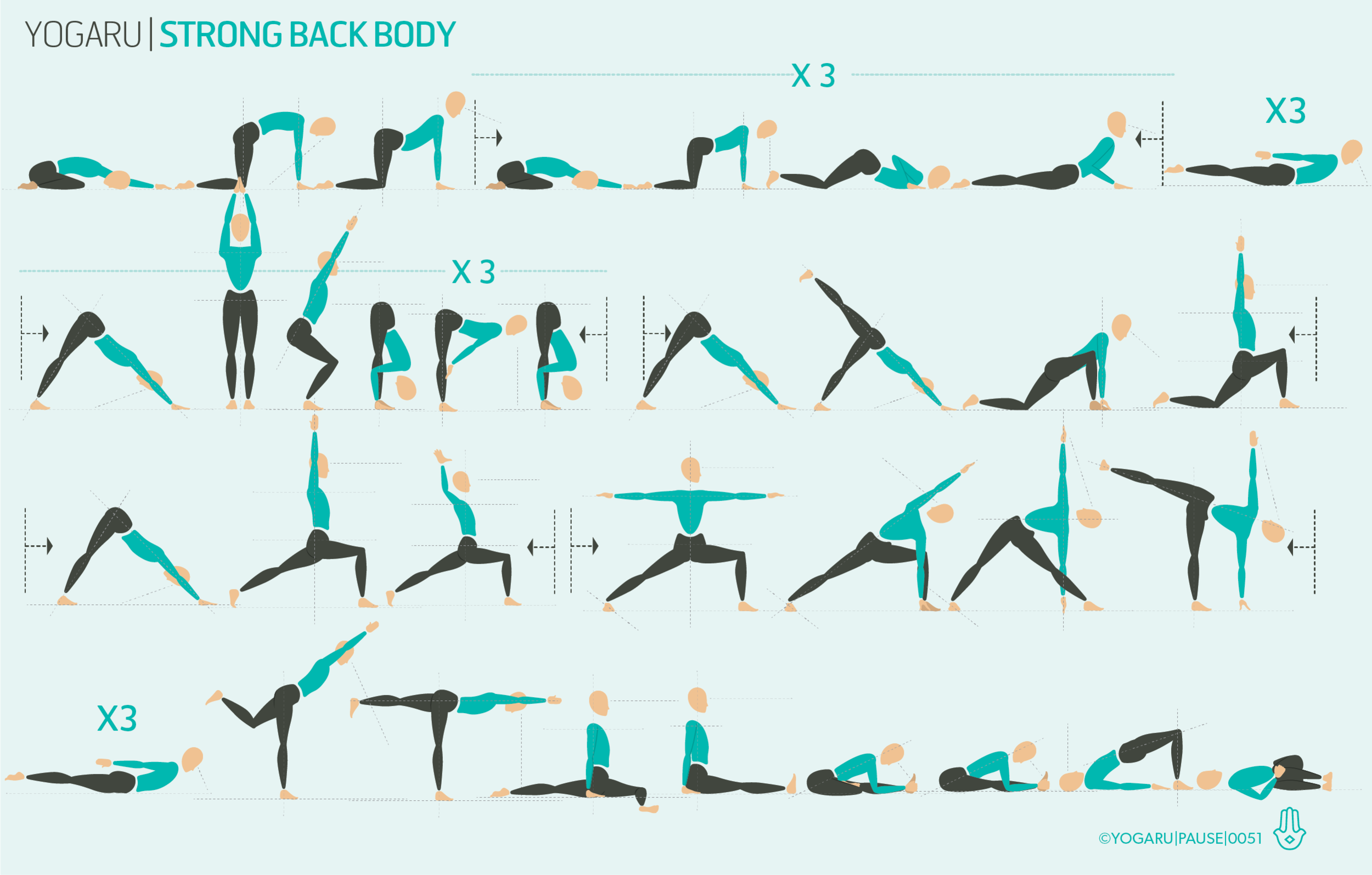DROP SELF JUDGEMENT
For most people December is one of the busiest months of the year. Balancing work commitments, family expectations, and festivities can leave you feeling quite depleted by the time New Years comes around. Then just when you start to think about taking the Christmas tree down, and settling back to work, you’re bombarded by ‘New Years Resolutions’. The pressure to conform, and jump on the resolution bandwagon of self judgement and retribution for those Christmas treats you may have indulged in, is amplified by the diet and fitness books displayed in every bookshop window.
AN INTENTION OF SELF CARE
Personally, I don’t consciously set a New Year resolutions, I feel all twelve months of the years should be a time for self reflection, and deepening your journey towards leading a good life with awareness of where you fit into the world. But new starts can be a good time to remind you of your intentions or kick start a new positive affirmation. Setting an intention of self care instead of self punishment is a better way to start the year. Rather than setting unrealistic goals, that will leave you feeling like a failure and, like many people, drop it by the end of January – set a feel good intention that will give you space for self reflection. Constantly monitor how any new routines makes you feel. If your resolution is filling you with dread, review it and alter your expectations. Observe and take notes – journaling helps to simplify the thought process and makes it easier to whittle out what doesn’t serve you. Take your time and make it a new part of your lifestyle rather than a temporary quick fix. Focus on how you want to feel in yourself and move gently towards a happier and healthier you.
EXPLORING STEPPING GENTLY IN YOUR PRACTICE
This sequence is designed to help you to move with slow intention and get close to your breath. Start your practice on your back with your knees bent, feet mat distance apart. Place your hands on your belly and feel the breath move through you. Take three to five rounds of this Viloma breath – inhale for a long breath, and then exhale pause, exhale pause, exhale pause – dividing your exhale into three sections.
As you move through your practice observe how your body is responding to each movement – are you getting tetchie to move more aggressively through your practice; do you want to spend more time in childs pose, are you holding your breath; do you hold tension in your facial expression? Throughout the sequence you will be working into your hips which will help you to release any built up tension and tendencies for self judgement. Move lightly through your transitions from pose to pose with just as much awareness and care that you give to the poses themselves. Enjoy a quiet time to yourself on your mat and step into your new year gently.
ALIGNMENT CUES
As you flow through this sequence step so lightly like you are stepping into a room with a sleeping baby. Feel into every transition in and out of each pose and make them just as important as the poses themselves.
In the first few poses give your hips plenty of time to warm up. When you are moving through the hip rotations move very slowly and make the movements as small as they need to be to really feel the top of the hip bone stirring in it socket.
Run through Cat Cow Child Pose flow in row two as many times as you’d like. Link each movement with your breath and let the breath dictate when you are ready to move into the next pose in this mini flow. ‘+’ is an inhale and ‘+’ is an inhale. Pause in child pose after and absorb and assimilate your movement.
For half forward fold press your hands into your shins and reach your chest forward to feel the strength in your upper back. Pause here in this mini flow of row three.
Your final pose is a lovely restorative hip opener Supta Baddha Konasana. The yoga strap hoops around your hips, outside your shins and wraps around the soles of your feet. If you don’t have a yoga strap just place some pillows under your knees to prop them up. Stay here for your full Savasana or move to supine Savasana is you prefer.
To save the images for personal use click and hold down the image until the ‘save image’ option appears; on Mac hold down ‘control’ and click the image to get the option box; on PC right click on the image to get the option box. Scroll down in the ‘option box’ and click ‘save image’.
Ruth Delahunty Yogaru




